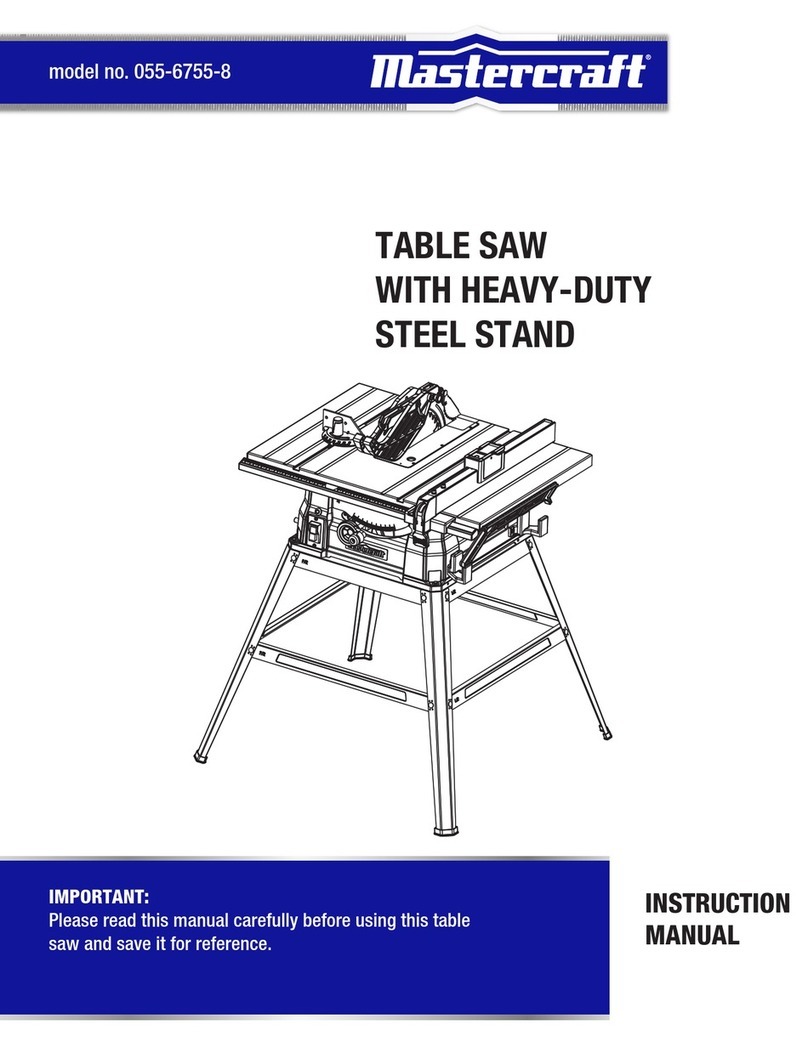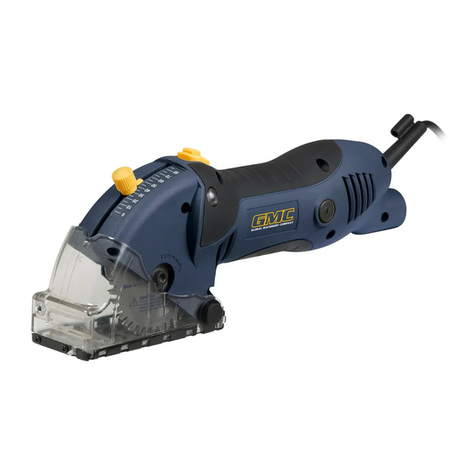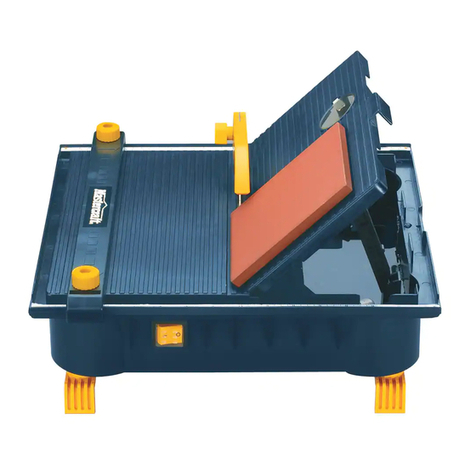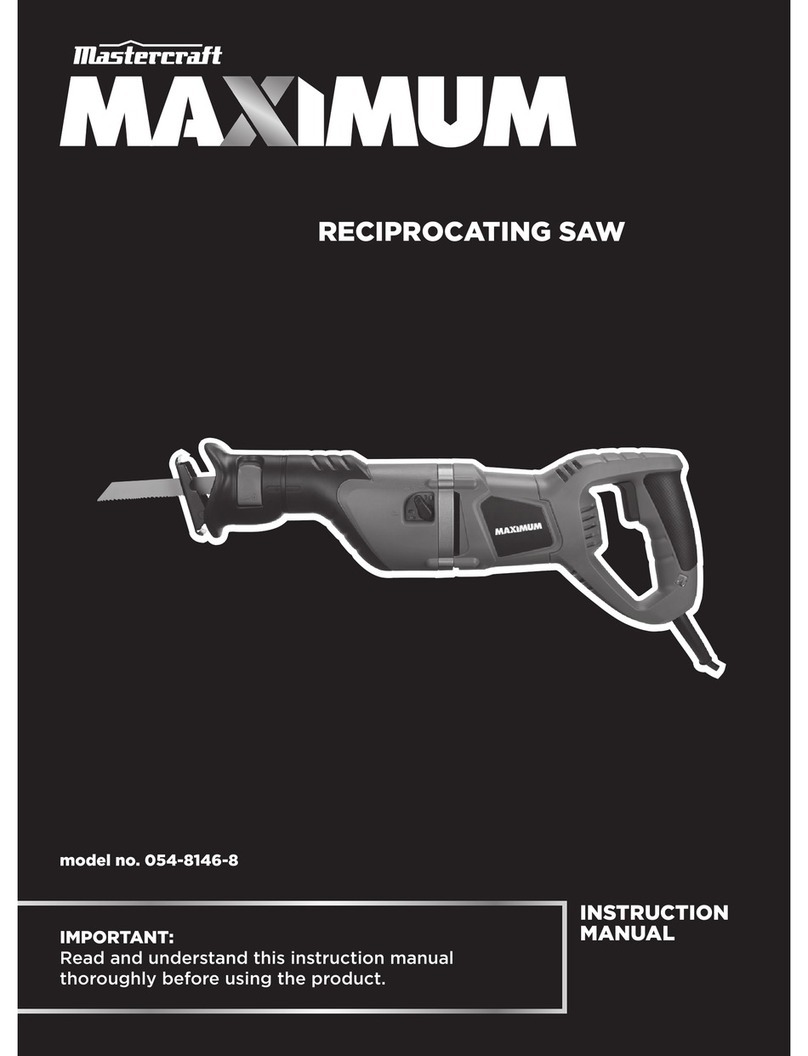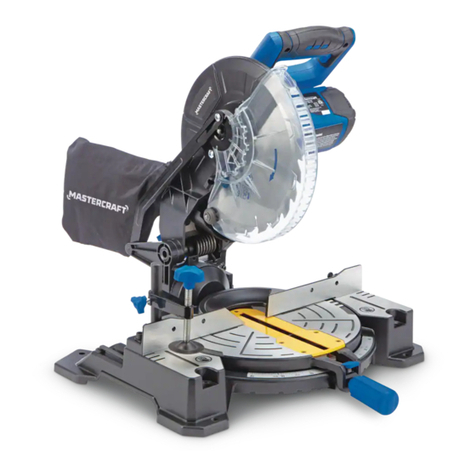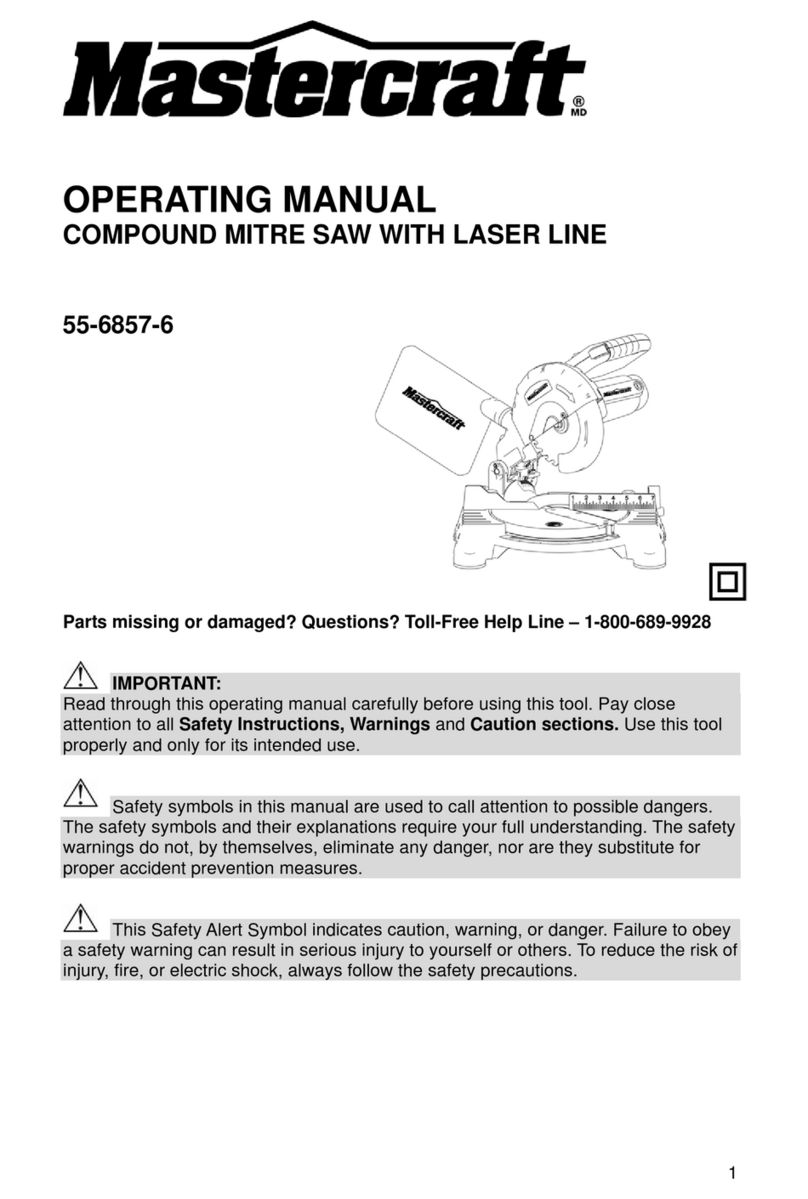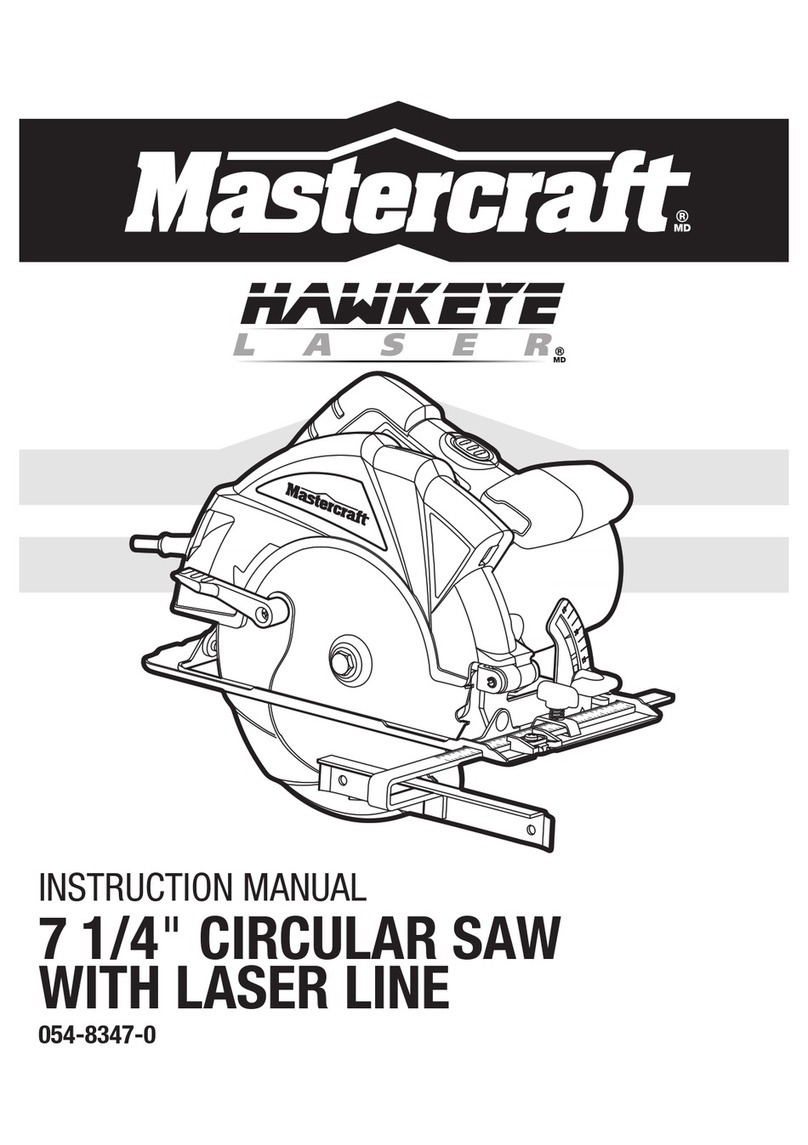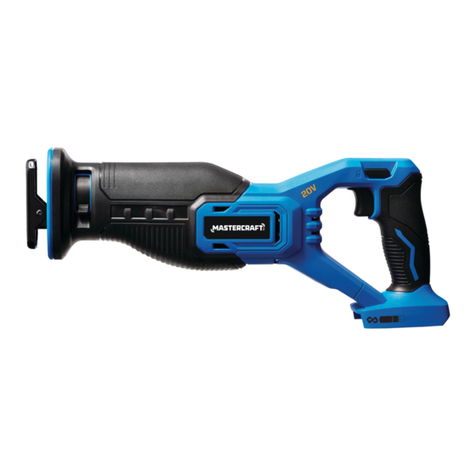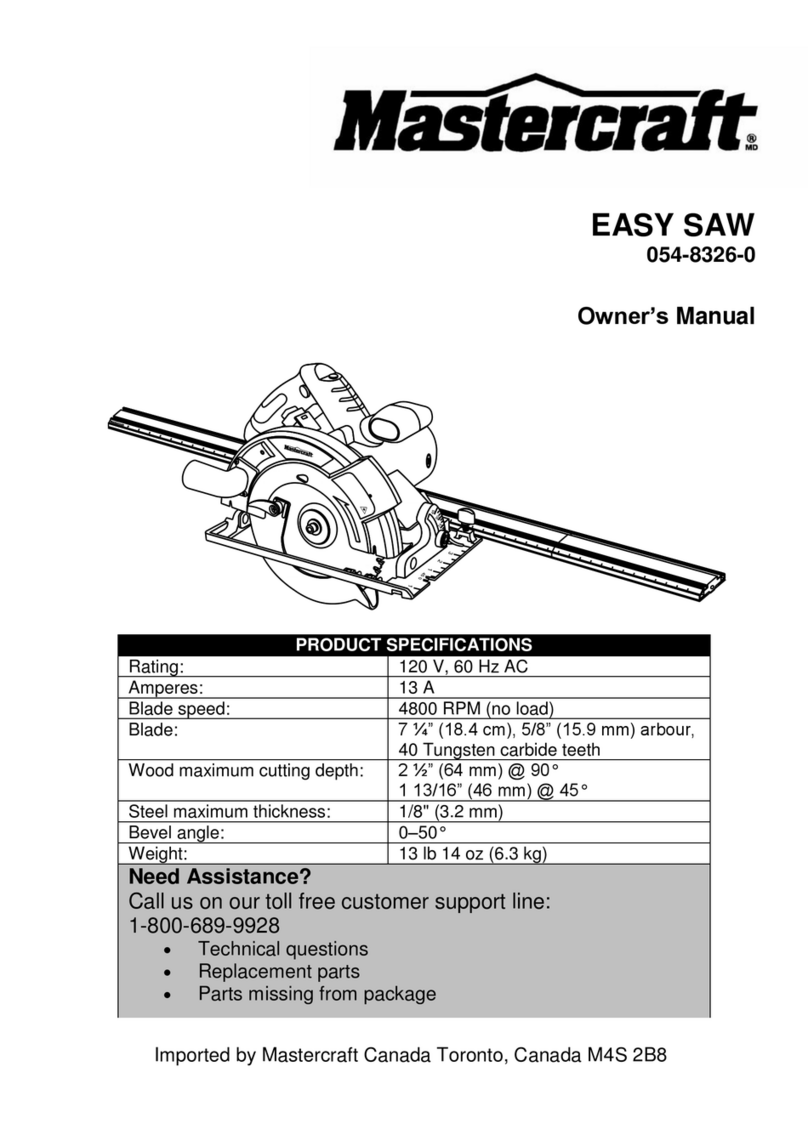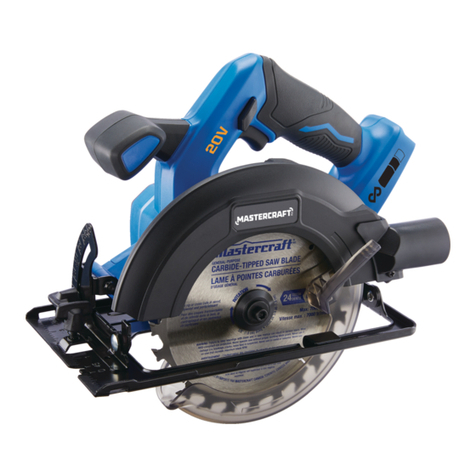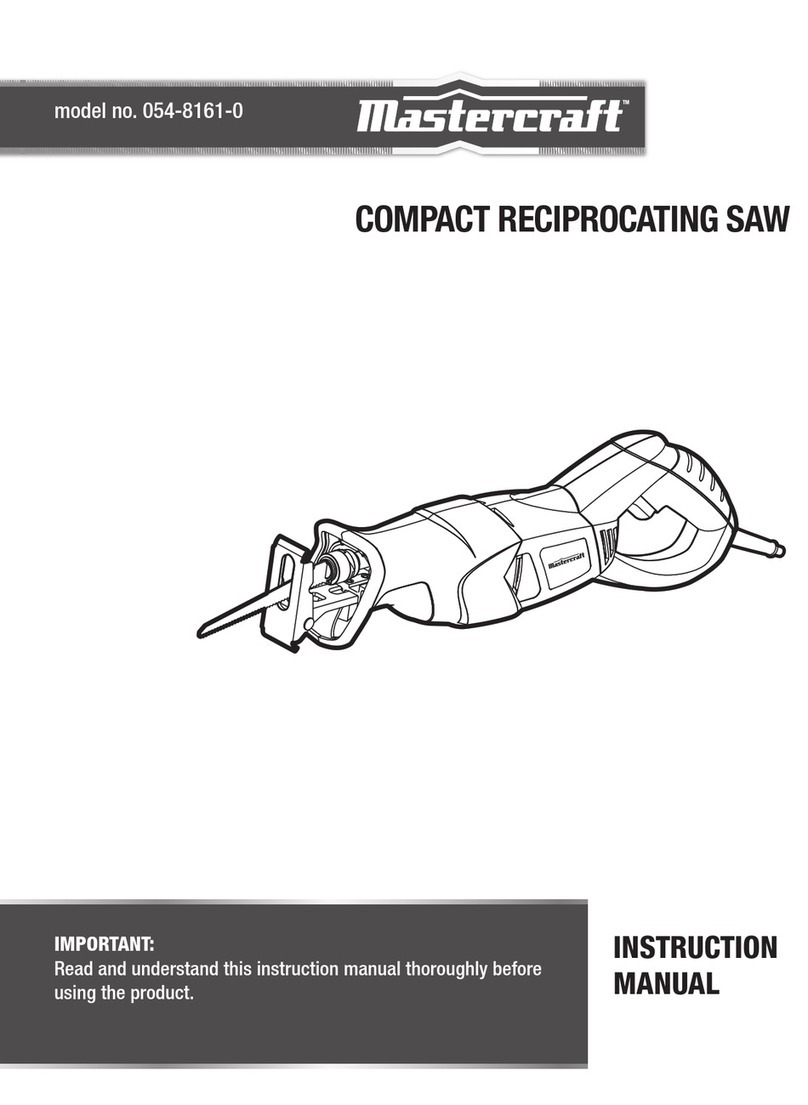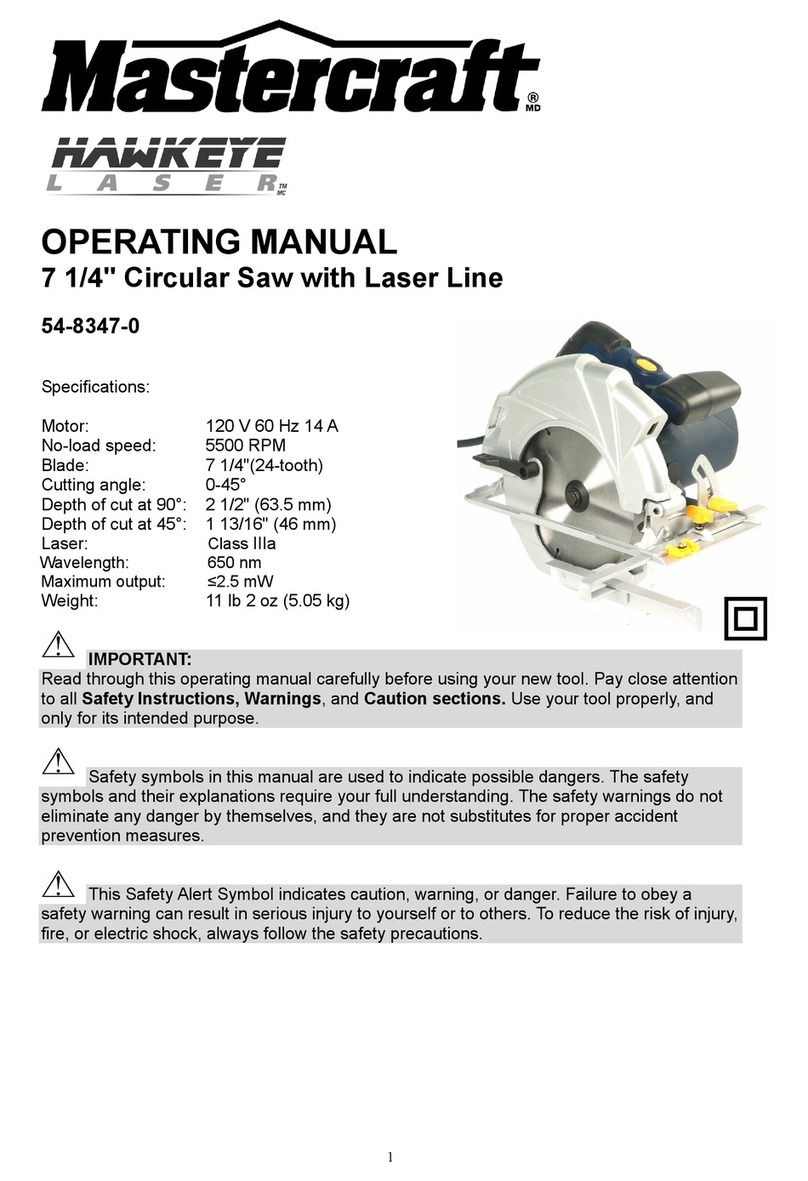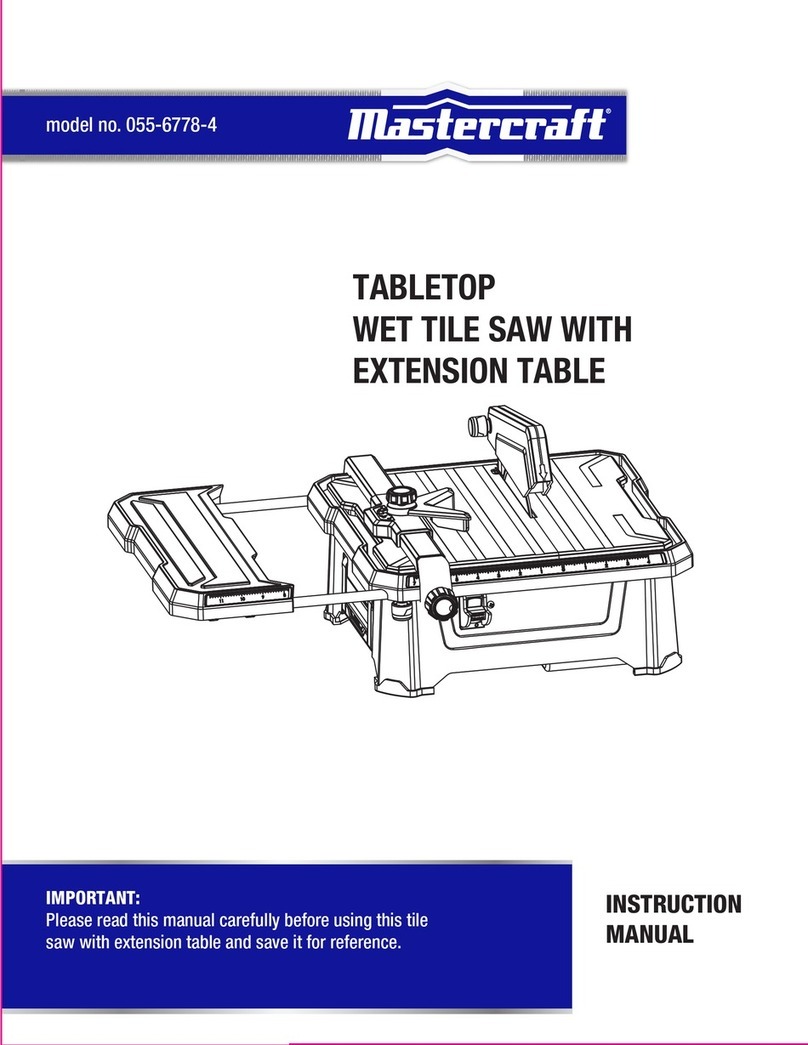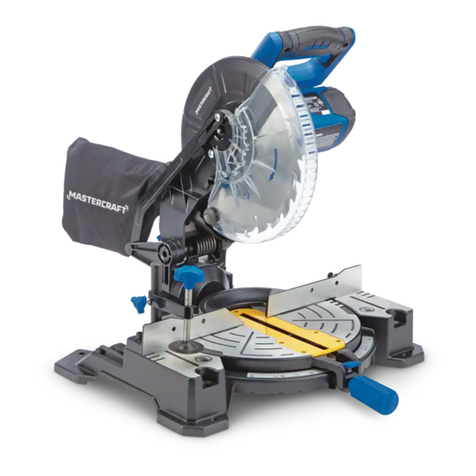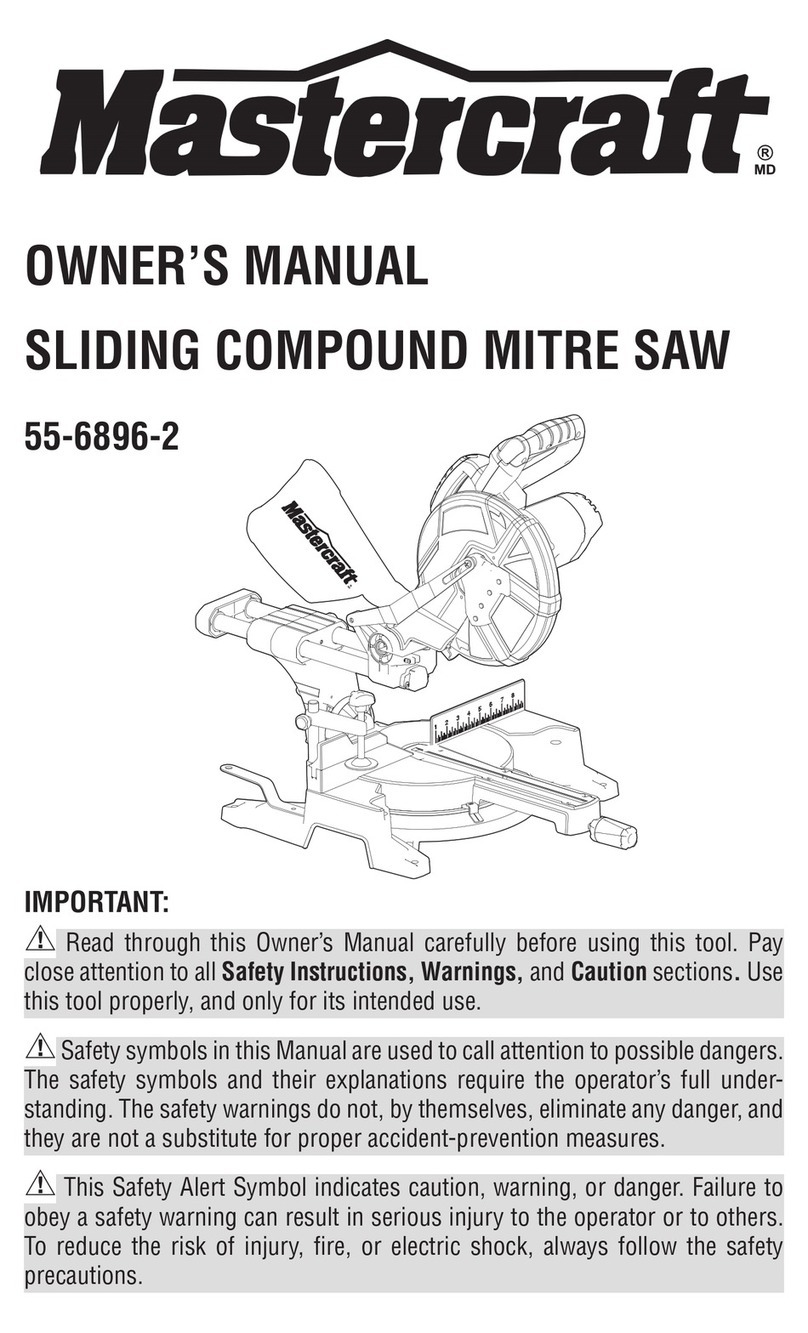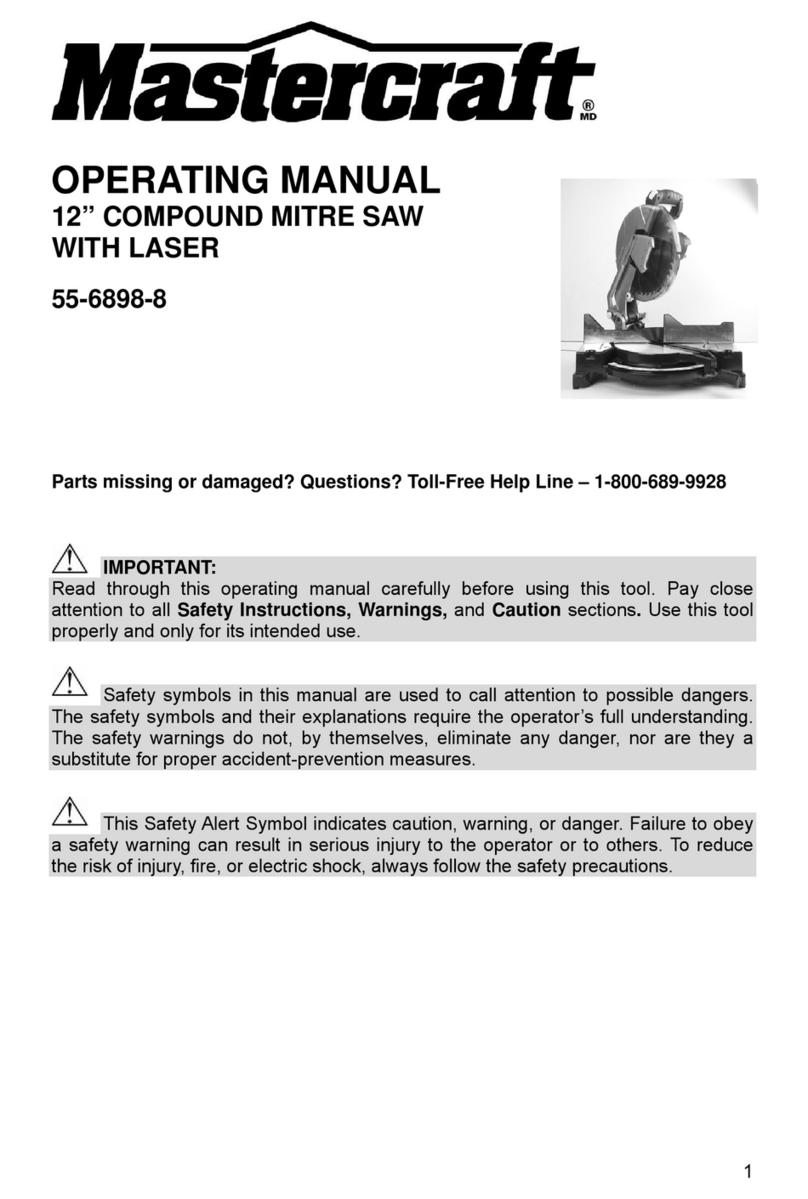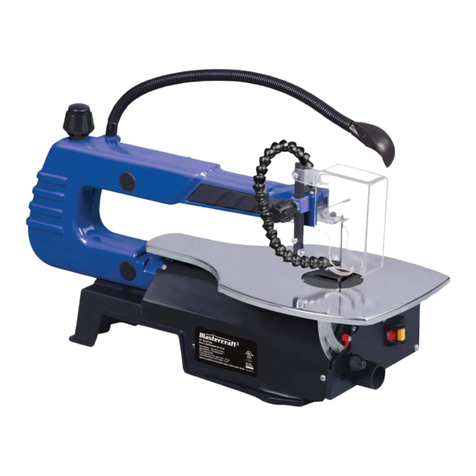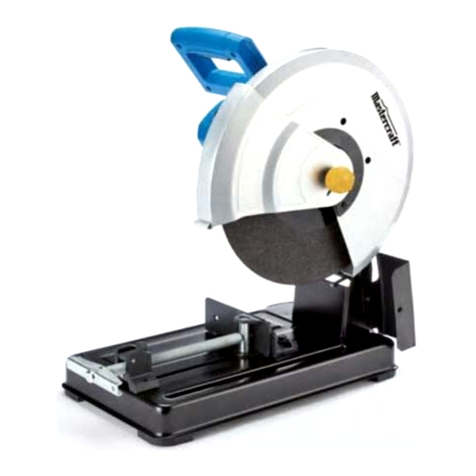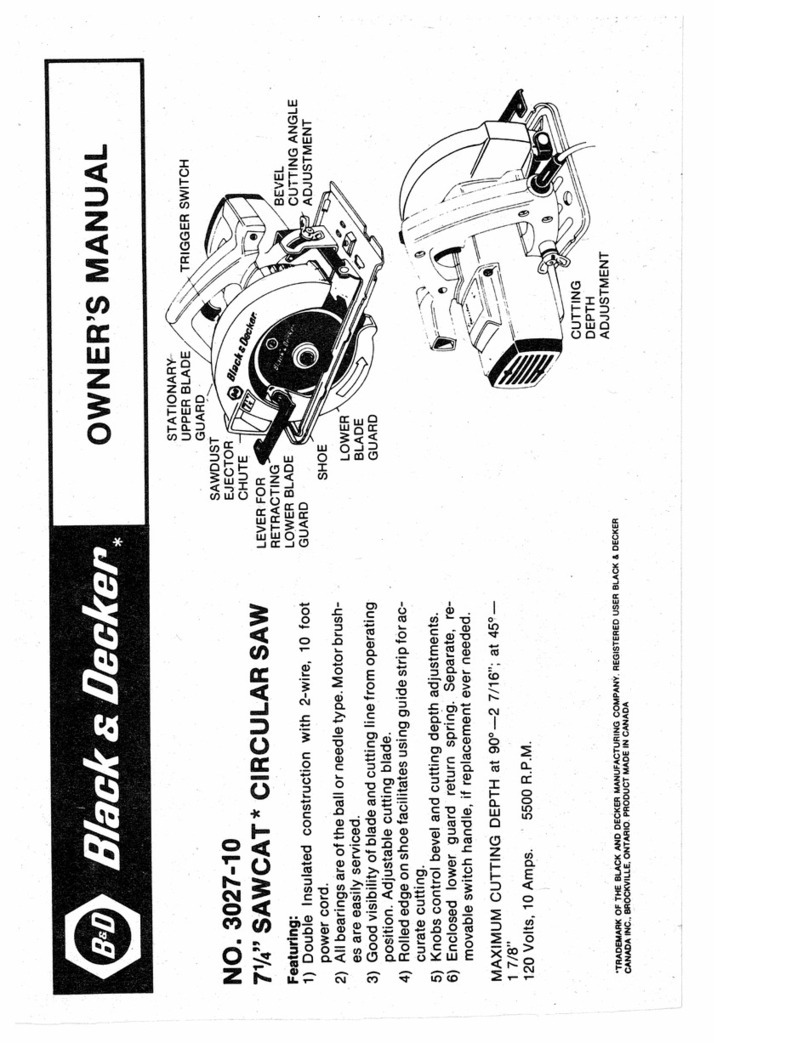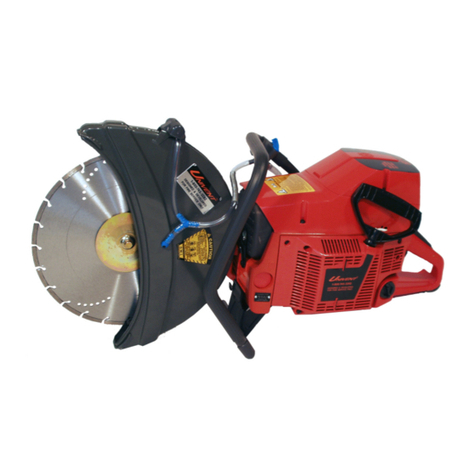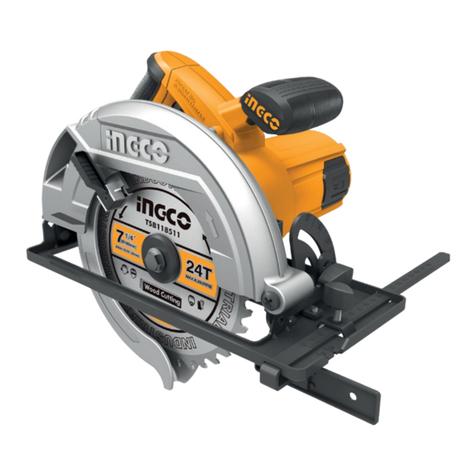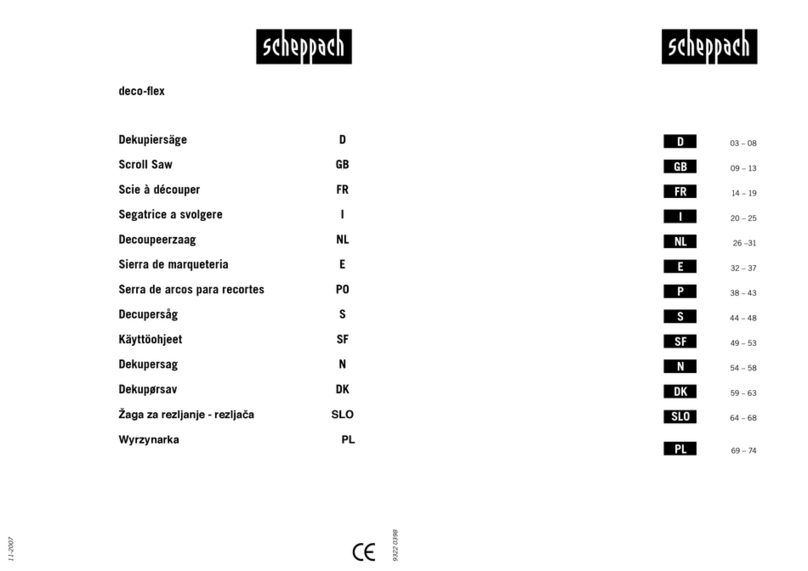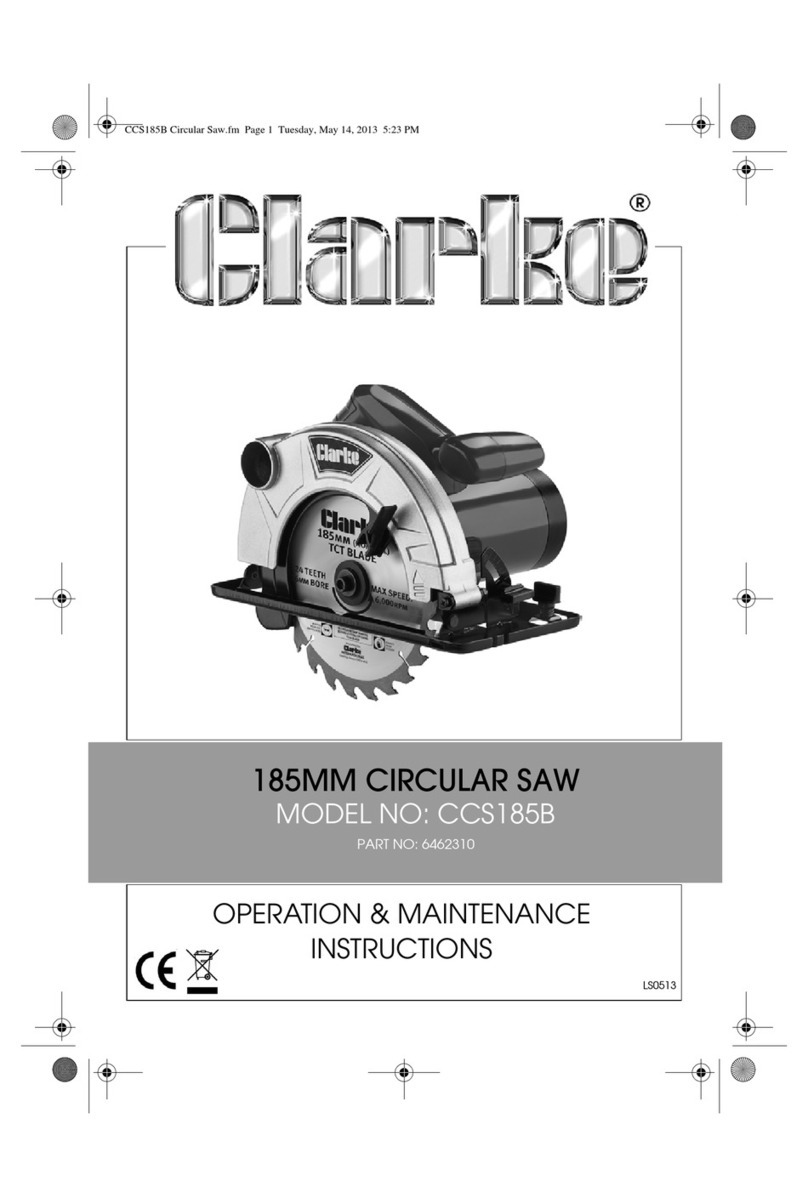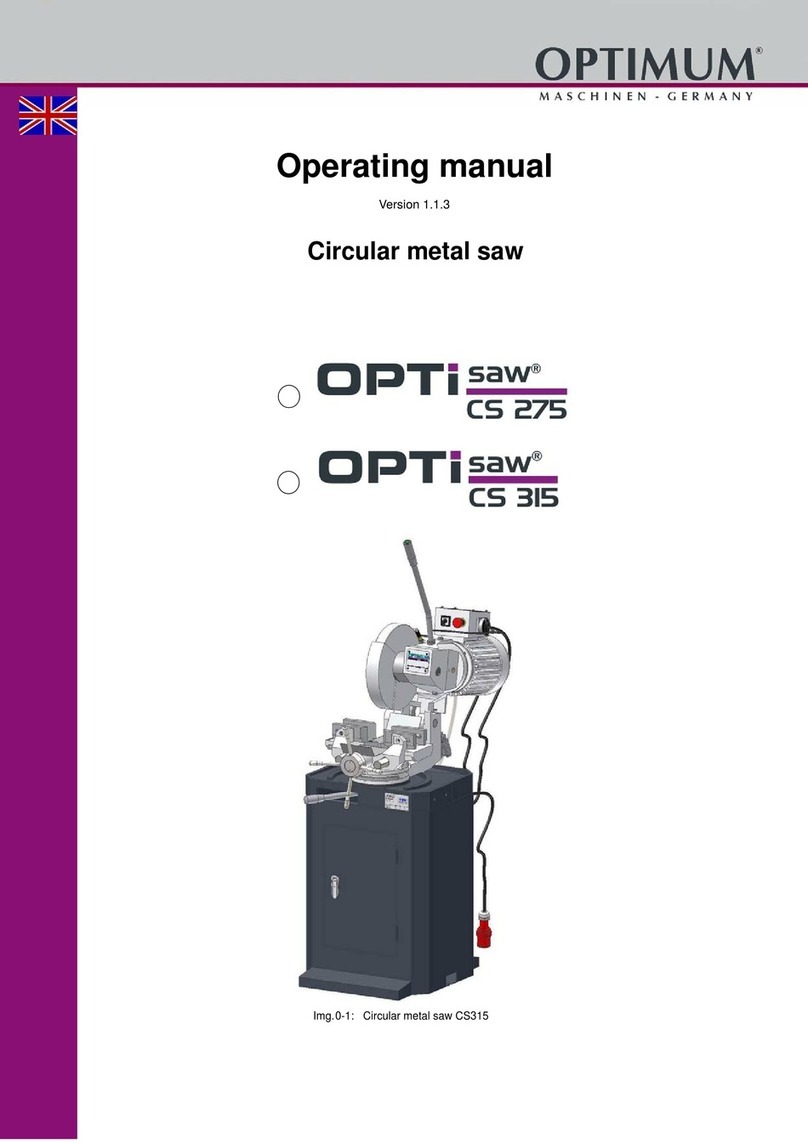
8
20V max* LITHIUM-ION CORDLESS CIRCULAR SAW - 054-8332-4
SAFETY GUIDELINES
t
8IFOUIFCMBEFJTQJODIFEPSCPVOEUJHIUMZCZUIFLFSGDMPTJOHEPXOUIFCMBEFTUBMMTBOEUIF
NPUPSSFBDUJPOESJWFTUIFVOJUSBQJEMZCBDLUPXBSEUIFPQFSBUPS
t
*GUIFCMBEFCFDPNFTUXJTUFEPSNJTBMJHOFEJOUIFDVUUIFUFFUIBUUIFCBDLFEHFPGUIFCMBEF
DBOEJHJOUPUIFUPQTVSGBDFPGUIFXPPEDBVTJOHUIFCMBEFUPDMJNCPVUUIFLFSGBOEKVNQCBDL
UPXBSEUIFPQFSBUPS
,JDLCBDLJTUIFSFTVMUPGTBXNJTVTFBOEPSJODPSSFDUPQFSBUJOHQSPDFEVSFTPSDPOEJUJPOTBOEDBO
CFBWPJEFECZUBLJOHQSPQFSQSFDBVUJPOTBTHJWFOCFMPX
t
.BJOUBJOBýSNHSJQXJUICPUIIBOETPOUIFTBXBOEQPTJUJPOZPVSBSNTUPSFTJTULJDLCBDL
GPSDFT Position your body to either side of the blade, but not in line with the blade. Kickback could cause
the saw to jump backwards, but kickback forces can be controlled by the operator, if proper precautions
are taken.
t
8IFOUIFCMBEFJTCJOEJOHPSXIFOJOUFSSVQUJOHBDVUGPSBOZSFBTPOSFMFBTFUIFUSJHHFSBOEIPME
UIFTBXNPUJPOMFTTJOUIFNBUFSJBMVOUJMUIFCMBEFDPNFTUPBDPNQMFUFTUPQNever attempt to
remove the saw from the work or pull the saw backward while the blade is in motion or kickback may
occur. Investigate and take corrective actions to eliminate the cause of blade binding.
t
#FGPSFSFTUBSUJOHUIFTBXJOUIFXPSLQJFDFDFOUSFUIFTBXCMBEFJOUIFLFSGBOEDIFDLUIBUTBX
UFFUIBSFOPUFOHBHFEJOUPUIFNBUFSJBM If saw blade is binding, it may walk up or kickback from the
workpiece as the saw is restarted.
t
4VQQPSUMBSHFSQBOFMTUPNJOJNJTFUIFSJTLPGCMBEFQJODIJOHBOELJDLCBDL Larger panels tend to
sag under their own eight. Supports must be placed under the panel on both sides: near the line of cut
and near the edge of the panel.
t
%POPUVTFEVMMPSEBNBHFECMBEFTUnsharpened or improperly set blades produce narrow kerf,
causing excessive friction, blade binding and kickback.
t
#MBEFEFQUIBOECFWFMBEKVTUJOHMPDLJOHMFWFSTNVTUCFUJHIUBOETFDVSFCFGPSFNBLJOHBDVU If
the blade adjustment shifts while cutting, it may cause binding and kickback.
t
6TFFYUSBDBVUJPOXIFONBLJOHBiQMVOHFDVUwJOUPFYJTUJOHXBMMTPSPUIFSCMJOEBSFBT The
protruding blade may cut objects that can cause kickback.
SAFETY GUIDELINES FOR LOWER BLADE GUARD
t
$IFDLUIFMPXFSHVBSEGPSQSPQFSDMPTJOHCFGPSFFBDIVTF Do not operate the saw if the lower guard
does not move freely and close instantly. Never clamp or tie the lower guard into the open position. If
the saw is accidentally dropped, the lower guard may be bent. Raise the lower guard with the retracting
handle and make sure that it moves freely and does not touch the blade or any other part, at all angles
and all depths of cut.
t
$IFDLUIFPQFSBUJPOPGUIFMPXFSHVBSETQSJOH If the guard and the spring are not operating properly,
they must be serviced before use. A lower guard may operate sluggishly due to damaged parts, gummy
deposits, or a build-up of debris.
